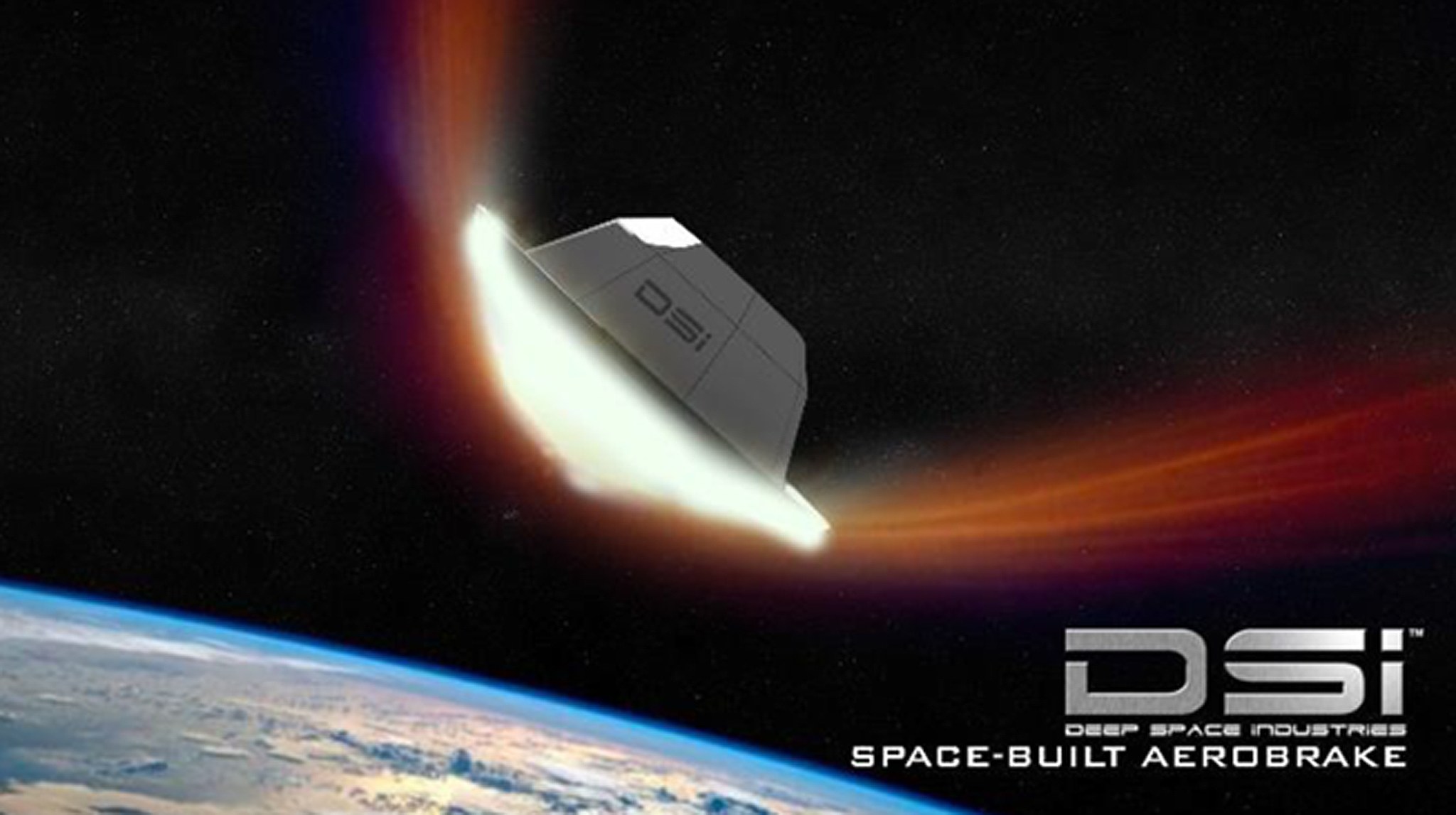John Lewis
Deep Space Industries, Inc.
Description
The two fundamental prerequisites for large-scale economic use of space resources are: in-space manufacture of propellants from nonterrestrial bodies, and in-space manufacture of heat shields for low-cost capture of materials into Earth orbit. The former has been the subject of recent NIAC investigations. The latter would expand by a factor of 30 to 100 time the number of asteroids from which resources could be returned cost-effectively to Earth orbit. With vastly larger populations from which to choose, return opportunities will be much more frequent and targets can be selected where operations would be highly productive, not merely sufficient. The feedstocks for manufacture of life-support materials and propellants are found on C-type near-Earth asteroids, which have high concentrations of hydrogen, carbon, nitrogen, oxygen and sulfur. The total abundance of readily extractable (HCNOS) volatiles in the CI chondritic meteorite parent bodies (C asteroids) is roughly 40% of the total meteorite mass. Further, the residue from extraction of volatiles includes a mix of metallic iron (10% of total mass), iron oxide and iron sulphides (20% as Fe) plus 1% Ni and ~0.1% Co.
We propose to use microwave heating to 1) expedite selective release of H2O vapor from heated C asteroid solids, and 2) sinter highly outgassed refractory asteroidal material to make heat shields for aerocapture at Earth return. We will study both processes experimentally using C-type asteroid simulant made by Deep Space Industries under contract with NASA, and study the logistics of retrieval of asteroid materials to Earth orbit using these aerobrakes. The result will be a uniquely propellant-rich deep space exploration architecture with faster timetables enabled by the greater engineering and safety margins allowed by abundant propellant.































